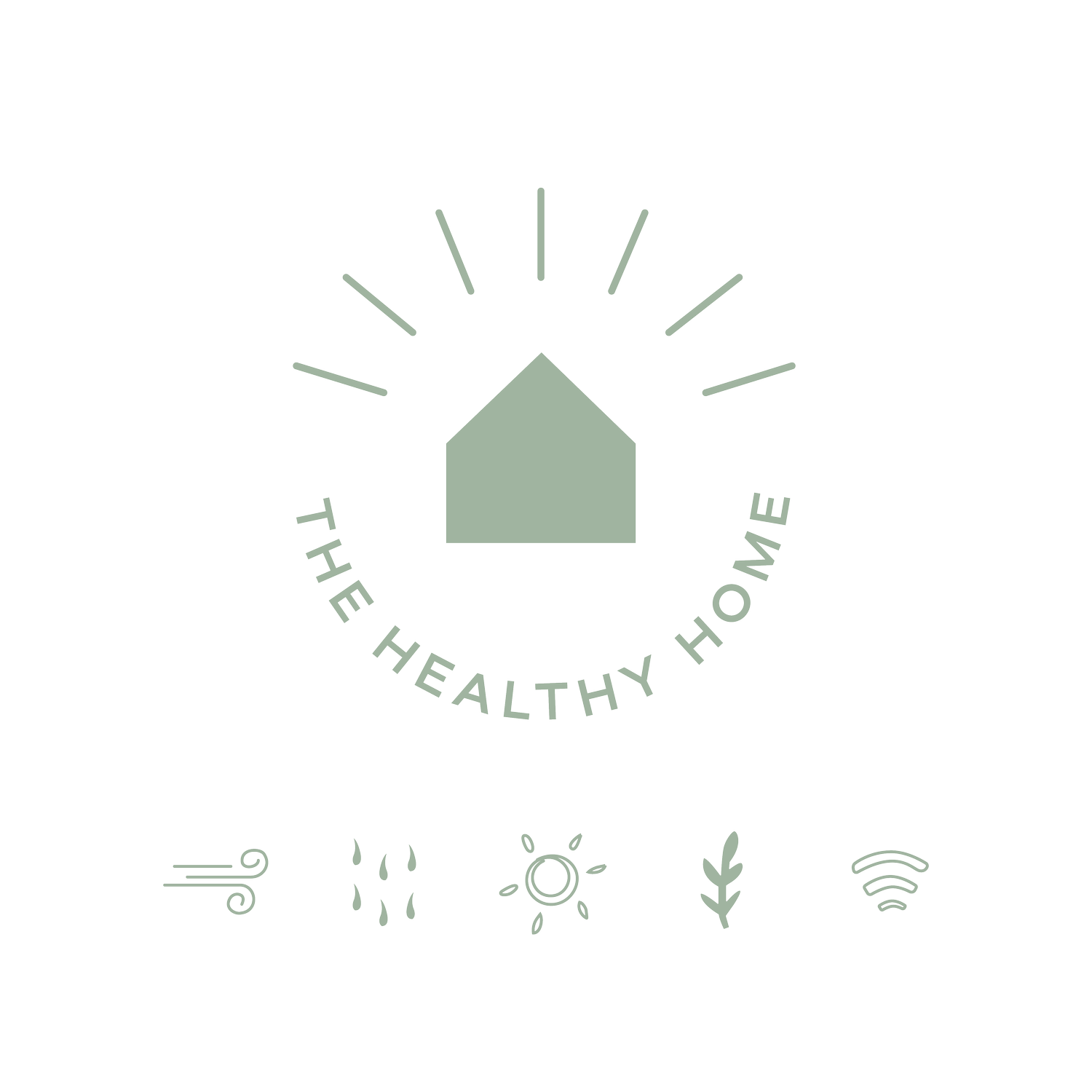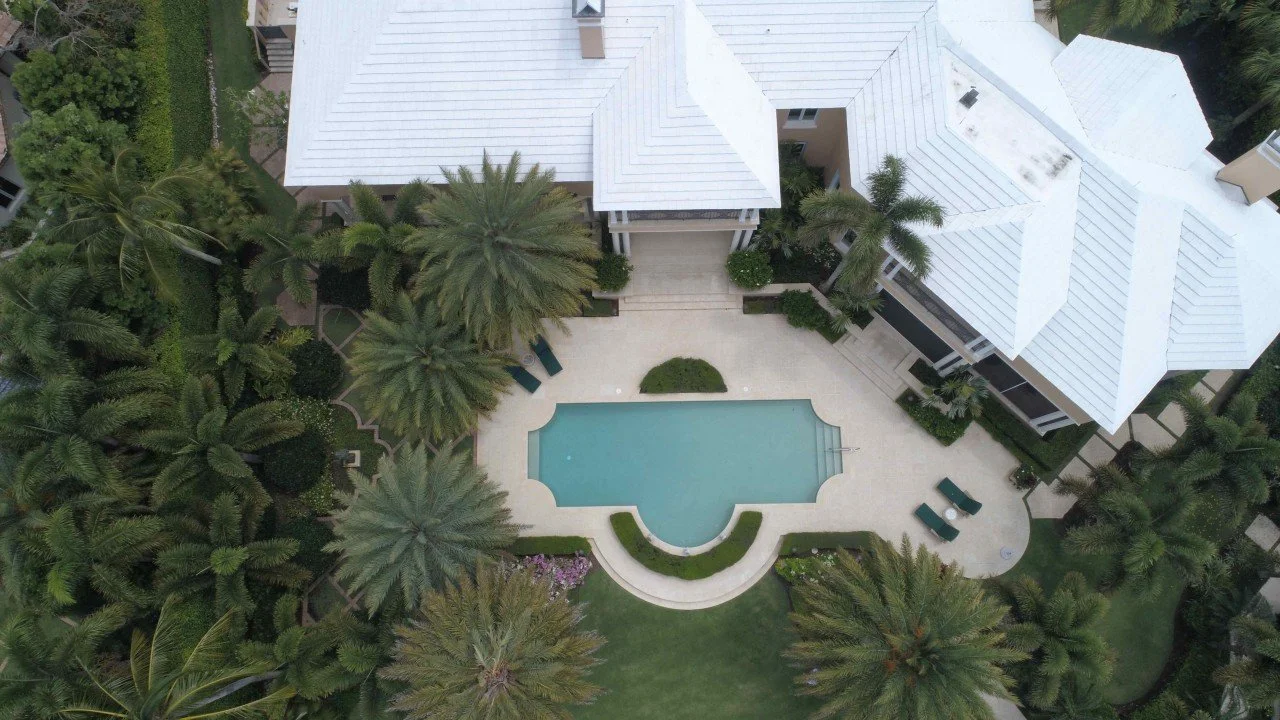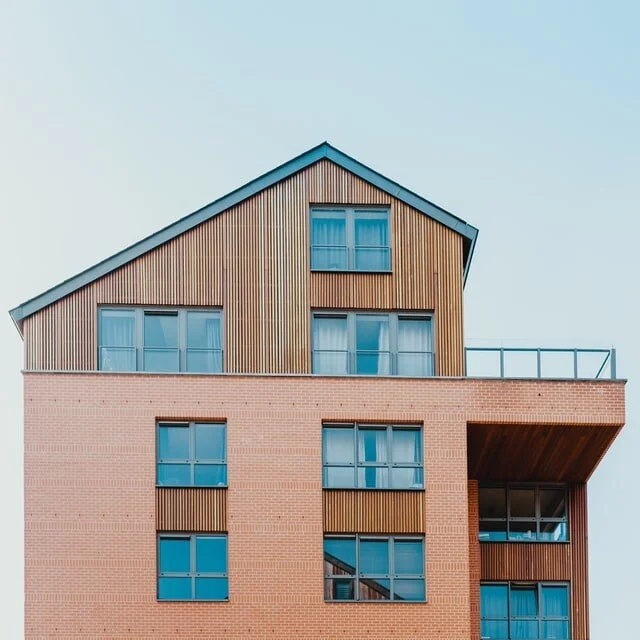Health before wealth: it's time to re-think how we determine the value of a home
February 1, 2021
With people all over the world still in and out of lockdowns, and many of us having spent more time than ever before at home in the past year, there has never been a more important time to understand the inextricable link between the health of our homes and our own health, and re-think the key criteria we consider when placing a financial value on a home.
A home is so much more than a financial investment and a means to build wealth.
Let's think about the purpose of a home, first and foremost: it is to provide us with our most fundamental physiological human needs: shelter, a place to sleep, clean air to breathe, clean water to drink, a place for our body to rest and repair.
Not nearly enough consideration is given to how well a home supports these fundamental needs, and our ability not just to survive, but to thrive, when placing a financial value on a home.
I've experienced first-hand the health impacts associated with water damaged buildings, toxic building materials, and EMF exposure, a connection I realised after going through cancer, seeing environmentally aware health practitioners, having a building biologist assess my home, and hundreds of hours of research, including my recently completed studies in Healthy Building Materials and Healthy Home Design.
I moved more times than I can count in a four year period at great cost and inconvenience, not to mention the immense frustration, pain, and impact on quality of life. My story is not unique - there are devastating stories daily in the Toxic Mould Support Australia Facebook Group, sometimes tragically involving the breakdown of families too.
Here are a just a few examples of how 'unhealthy' homes can, and are impacting, human health, and problems associated with new builds and renovations:
Home renovating, specifically construction and painting, is linked to increased risk of childhood leukaemia (Whitehead et al. 2017) is
Chemical in home renovations linked to child leukaemia and lymphoma cases, with more than 70% of children in children's oncology ward in Schechuan province in China coming from homes that were recently renovated (South China Morning Post, 2019).
40% of new builds in Australia have condensation and mould problems according to scoping study by University of Tasmania (2016), funded by The Australian Building Codes Board (ABCB), which stated that the persistent presence of condensation in buildings is linked to negative impacts on human health as well as building integrity. While some changes were introduced to the National Construction Code in 2019 as a result of the report findings, the ABCB acknowledged that the introduction of condensation management to the NCC was not a "magic cure", that ensures were only "a minimum standard" and indicated that quite likely, more changes will be introduced in 2022.
The ABCB estimates that 15-20% of all asthma associated costs are attributable to wet buildings and this would result in an an economic cost of $4.2 billion per year (2016), not to mention impact on quality of life, time off school and work, medical expenses, and lost income.
A 2018 study by the CSIRO across 40 universities found the highest ratios of formaldehyde, toluene, and xylene in a GREEN building, stating that "Greater attention to indoor VOCs in new construction, renovated spaces, green buildings and understudied environments such as schools, is needed.'“
It's time to evolve our thinking beyond what a home is worth purely from a wealth creation point of view, and start focusing on how well it supports the ability of each household member not just to survive, but to thrive.
It's wonderful to see such a huge focus on sustainable homes, however, as this study highlights, just because a building is good for the planet, doesn't necessarily mean it's a healthy space for you.
Health is surely more important than wealth, isn't it?
What's the point in living in a multi-mansion if you are too sick to enjoy living in it? This may seem far fetched, but it's sadly not an uncommon reality.
I've seen rising damp in multi-million dollar homes and the solutions are never simple, or cheap, they're usually put in the 'too hard' basket. This is extremely unfortunate for the 1 in 4 people who are genetically susceptible to mould, if they happen to live in a water damaged home.
In Australia it's perfectly acceptable for a home owner to cover up mould problems with a paint job and sell it to someone else without declaring the problem. Charming, right?
I am most impressed with the WELL Building standard for commercial buildings by the International Well Building Institute, which takes into account health impacts of building materials, lighting, water quality, cleaning products, and fragrances. It recognises the link between the built environment and all body systems, and that exposure to toxic materials weakness immune function. The standard targets 25% of material (by cost) to meet environmental and substance concentration targets.
The WELL Building Standard doesn't take into account the health impacts of electromagnetic field exposure, but it is indeed progress and a really promising development in the right direction.
I sincerely hope governments adopt this type of standard and approach, that it is incorporated into building codes, applied to residential developments, and taken into account when determine property values.
Imagine if, instead of valuing a home based purely on the size of the land, location, number of bedrooms, bathrooms, whether it has off-street parking, mod cons, etc. we considered things like air, water, and light quality?
Surely, how sustainable a home is, should be a factor too? Imagine if we placed a higher value on homes made using locally available, natural, breathable materials, rather than materials that are contributing to the destruction of our environment, and known to be harmful to human health? This would be a sure-fire way to drive rapid change.
In building biology our home is considered our third skin (with our clothes being our second). Our homes acts not only as a barrier to protect us from the elements outside, but they we also rely on them to connect us to the natural world (fresh air and sunlight) and when the ecology of the building is out of balance (as is often the case today, with modern homes being built with materials that cannot breathe), it makes sense that our own health will be out of balance too.
I hope this article has got you thinking a little bit differently about the things we ought to place a value on when it comes to property investments.
If you'd like to understand what makes a home truly healthy, you might like to check out my 'The 5 pillars of The Healthy Home' e-book.
References:
CSIRO, 2018. https://publications.csiro.au/rpr/pub?pid=csiro:EP18373
South China Morning Post, 2019. https://www.scmp.com/lifestyle/health-wellness/article/3039905/chemical-home-renovations-linked-child-leukaemia-lymphoma
University of Tasmania, 2016. Scoping study of condensation in residential buildingswww.abcb.gov.au › media › Files › Resources › Research
Well Building Institute. https://standard.wellcertified.com/well
Whitehead, et al. 2017. https://www.ncbi.nlm.nih.gov/pmc/articles/PMC5313318/






